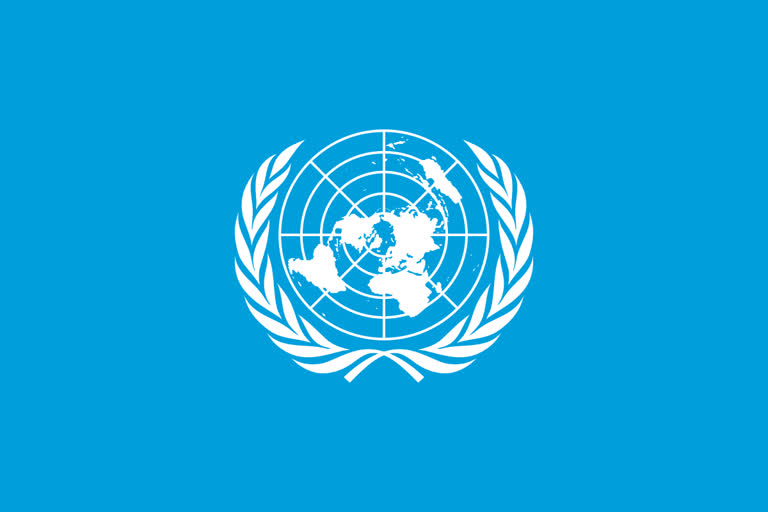Beijing: The World Health Organisation has appealed to China to keep releasing information about its wave of COVID-19 infections after the government announced nearly 60,000 deaths since early December following weeks of complaints it was failing to tell the world what was happening.
The announcement Saturday was the first official death toll since the ruling Communist Party abruptly dropped anti-virus restrictions in December despite a surge in infections that flooded hospitals. That left the WHO and other governments appealing for information, while the United States, South Korea and others imposed controls on visitors from China.
The government said 5,503 people died of respiratory failure caused by COVID-19 and there were 54,435 fatalities from cancer, heart disease and other ailments combined with COVID-19 between December 8 and January 12. The announcement allows for a better understanding of the epidemiological situation, said a WHO statement. It said the WHO director-general, Tedros Adhanom Ghebreyesus, talked by phone with Health Minister Ma Xiaowei.
WHO requested that this type of detailed information continued to be shared with us and the public, the agency said. The National Health Commission said only deaths in hospitals were counted, which means anyone who died at home wouldn't be included. It gave no indication when or whether it might release updated numbers.
A health official said the national emergency peak has passed based on an 83 per cent decline in the daily number of people going to fever clinics from a December 23 high. The report would more than double China's official COVID-19 death toll to 10,775 since the disease was first detected in the central city of Wuhan in late 2019.
China has counted only deaths from pneumonia or respiratory failure in its official toll, which excludes many fatalities that might be attributed to the virus in other countries. Meanwhile, high-speed train service resumed Sunday between China's mainland and Hong Kong under restrictions that allow 5,000 passengers from each side to make the trip daily and require a negative virus test within the previous 48 hours.
The two sides are reopening travel links that were suspended under Beijing's zero-COVID strategy, which aimed to keep the virus out of China. Hong Kong imposed different but similarly severe restrictions that blocked most international travel. Candice Zhong, a resident of the neighbouring mainland city of Shenzhen who arrived in Hong Kong, said she planned to visit the city's two major theme parks.I want to come to Hong Kong to see what it's like now," Zhong said at the Hong Kong Mass Transit Railway terminal. "I will go to Disneyland and Ocean Park. (AP)




